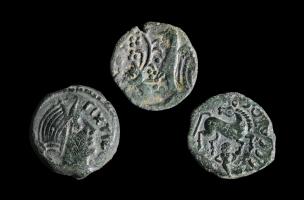You are here
From the end of independence to Romanization: excavations at Mont Castel in Port-en-Bessin
A team of archaeologists from Inrap, the CNRS, and the universities of Rennes 2 and Burgundy are currently conducting a research excavation of the Gallic oppidum of Mont Castel in Port-en-Bessin.
A vast coastal plateau covering around twenty hectares and dominating the village of Port-en-Besson, this archaeological site had not yet been subject of field investigation. The archaeologists suspect that it may be the port of the Baiocasses people, in charge of overseeing the flow of merchandise between southern England and Normandy. Mont Castel is part of a larger network of fortified sites that formed a protection system for this space unique in the Protohistory of western France.
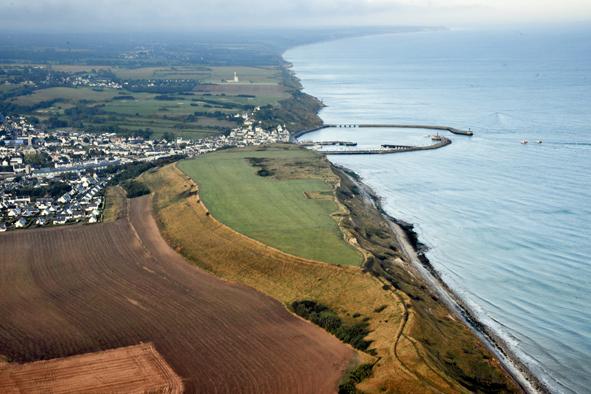
Test-pits were realized in 2010 under emergency conditions following the discovery that the site had been extensively looted. These tests confirmed the first hypotheses: the site was occupied during the Final Bronze Age, followed by the construction of fortifications at the very end of the Iron Age. These test-pits also yielded Roman armaments (sword scabbard, ballista or scorpio darts, lead sling-shot bullets, etc.).
After the conquest… before Romanization
The year 52 and the defeat of Alésia marked neither the end of the war against Rome, nor the immediate Romanization of the Celtic society. The foundation of the material and spiritual culture of Gaul remained essentially indigenous until the Augustinian period. After the final battle of the Gallic Wars at Uxellodunum, the situation was not entirely under Roman control. Caesar had distributed all of his legions throughout Gaul and himself spent the winter of 51-50 at Nemetocena (Arras?). Gaul was exhausted, unstable and probably unsettled by internal conflicts, requiring the presence of an occupying army.
The discovery of militaria tardo-républicain on Mont Castel was a new occurrence in western France and recalls a situation that archaeology has begun to reveal on the grand oppida of northern and central-eastern Gaul. It supports the hypothesis that the first Roman military camps were installed on the oppida at the end of the conquest before being moved away from these urban centers during the Augustinian period.

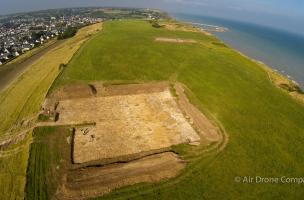
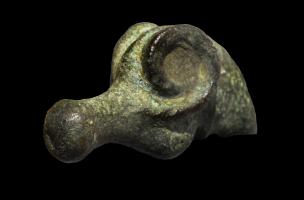

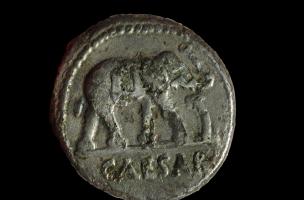
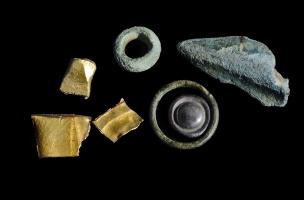
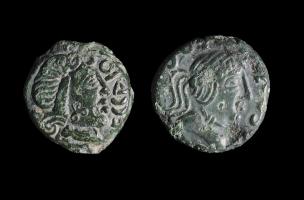
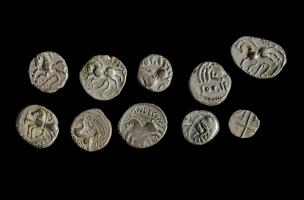
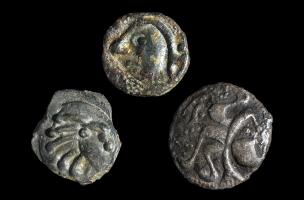
Site directory Cyril Marcigny, Inrap, UMR 6566, Université Rennes 2
Collaborative research program director Jean-Paul Guillaumet, UMR 6298, Université de Bourgogne, Bibracte
Pierre Giraud, Conseil général du Calvados, Service Archéologie
Anthony Lefort, Inrap, UMR 5594, Université de Bourgogne, CNRS
Mahaut Tyrrell
Media Communication
Inrap, Media partnerships and relations
01 40 08 80 24
mahaut.tyrrell [at] inrap.fr


